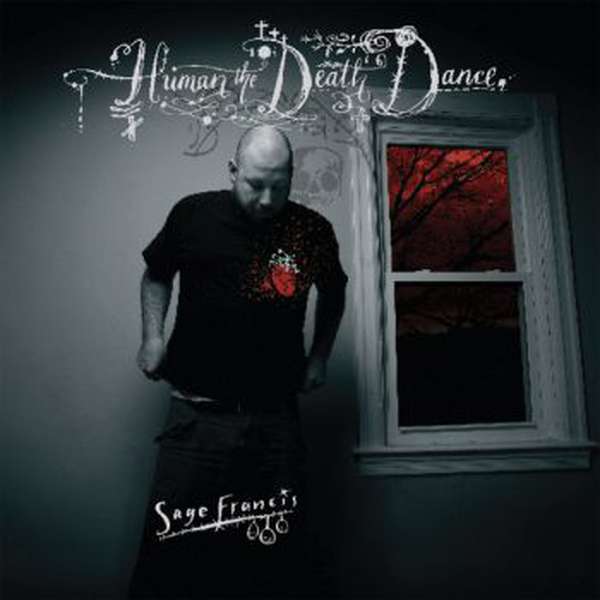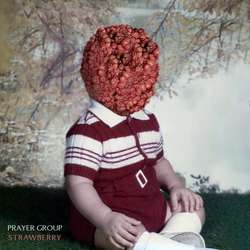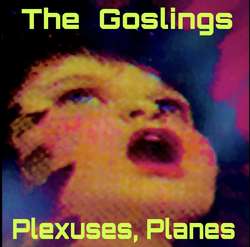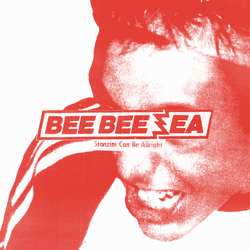After 2005's A Healthy Distrust Sage Francis cemented himself as one of hip-hop's biggest heroes as well as one of it's most despised figures. Francis seemingly blurred the line between mainstream and the world of underground mix tapes, coming out as a possible savior of hip-hop, the opposite of rappers Nas blasted on Hip-Hop is Dead. While A Healthy Distrust showed Francis at his activist best, lambasting everything and everyone from fake thug rappers to a one party political system, Human the Death Dance is Francis' most personal album, letting listeners into his struggles and vices.
"Growing Pains" opens and shows Francis as a teenager MC, rhyming over homemade beats, and not surprisingly he has thoroughly evolved. "Underground for Dummies" is next, and is an autobiography of Francis' life, winning rap battles at the age of thirteen and continuing his struggles in the music industry, with labels, his skin color, and managers. Francis manipulates the meaning of words and language, using whit, alliteration, and rhyme schemes as his wingmen to tell his story, as he raps, " I won the biggest battle in a Metallica shirt before the album dropped / A week later smashed the trophy at a show / It was takin' up the space that I needed to grow."
It's interesting to note one of the stanzas in the song mimics Nas' "Represent" from his album Illmatic to a point, with no mention visible on the CD or vinyl releases of the album. Nas raps:
Before the BDP conflict with MC Shan / Around the time when Shante dissed the Real Roxxane / I used to wake up every mornin', see my crew on the block / Every day's a different plan that had us runnin' from cops / If it wasn't hangin' out in front of cocaine spots / We was at the candy factory, breakin' the locks.
When it comes to Sage, the structure and lines are identical:
Before the Freddie Foxxx conflict with DMX / Around the time Jay-Z and Nas's girl had sex / I used to wake up every morning on a hard wooden floor / Livin' in Brooklyn with a car I couldn't afford / And if I wasn't hangin' out in front of Fat Beats records, I was in the factory, mailing my 12-inches.
While it's doubtful Francis is blatantly ripping off one of the greatest hip-hop albums ever made, it's odd connection has seemingly never been made. Sage continues to tear through his song, blasting people who are, "Typically cyclical simple civil obedient," and proclaiming his immortality before he brings in the big guns for help. "Got Up This Morning," features a muddy, dirty beat from Buck 65 and soulful vocals by Jolie Holland, with the next track featuring a beat of dramatic violins and bells.
Of the sixteen tracks on Human the Death Dance none are more as ambitious than the last on the album, "Going Back to Rehab," featuring a full ensemble of instruments, from acoustic and electric guitars, drums and violins, and Francis. Tributes are paid back to the Notorious BIG, as a violin helps the chorus, Francis stating, "I'm going going, back back to rehab." Francis is at his tongue twisting, lyrical best, and this could very well be the best offering Francis has given us.
Despite the influences of the greats of hip-hop's past and present, Human the Death Dance is Francis' most personal and intricate album to date. Francis is a master of his words, his pen dripping ink that is lethal. Hip-hop's underground hero or most hated, Francis has the ability to kill on sight.



